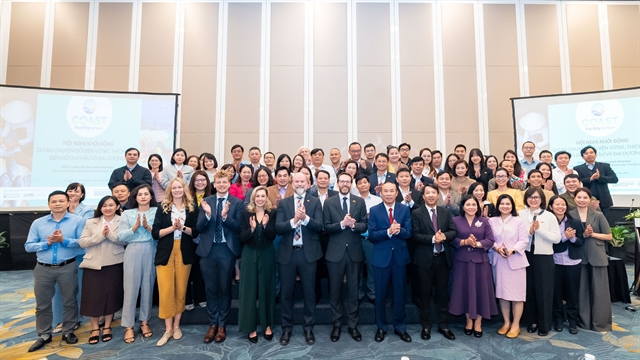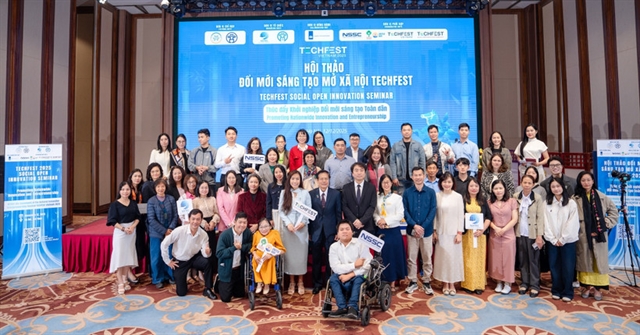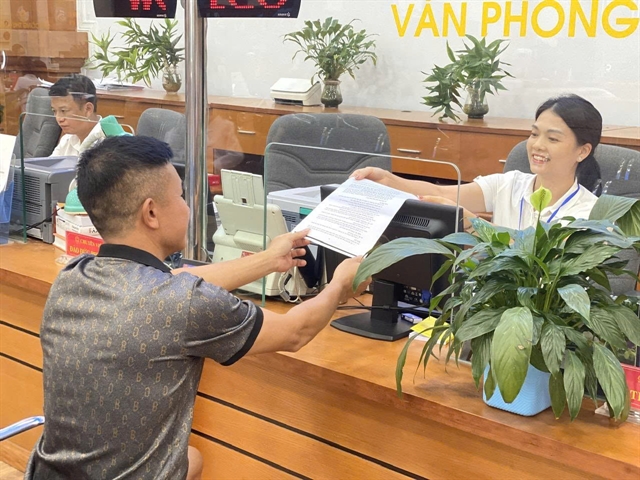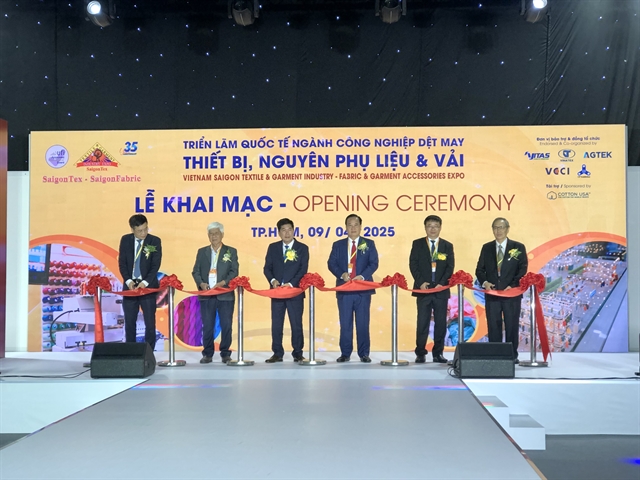 Economy
Economy

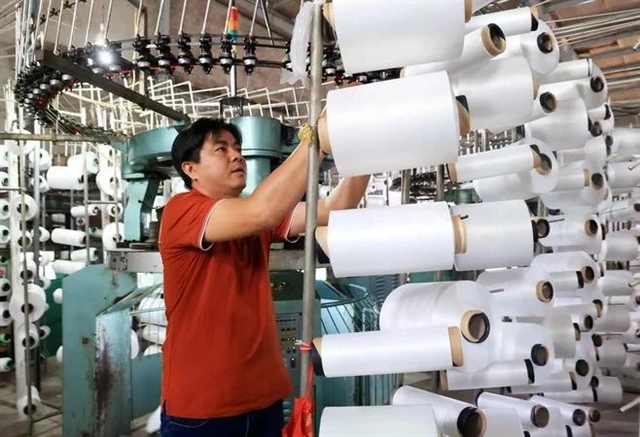 |
| Producing silk thread for the textile industry in Bình Chánh district, HCM City. — VNA/VNS Photo |
HÀ NỘI — Việt Nam and India have great potential for cooperation in the garment and textile sector as the US's new reciprocal tax policy could significantly impact exports of both countries to the US market, according to Bùi Trung Thướng, Trade Counselor at the Việt Nam Trade Office in India.
Việt Nam is the world's third-largest textile and garment exporter, with an export value reaching US$44 billion in 2024, while India is a leading supplier of raw materials, particularly cotton and cotton yarn.
India also boasts a long-standing textile industry, with strengths based on a wide range of natural fibers such as cotton, jute, silk and wool, as well as various synthetic fibers like polyester and nylon, making it a highly potential market.
The country has developed the capability to produce a variety of polyester textiles, artificial silk (rayon), acrylic, blended fibers and other mixed-material textile products. It is also one of the world’s top exporters of synthetic and blended textile products, according to the Vietnamese Ministry of Industry and Trade.
Meanwhile, Việt Nam currently relies on China for 65 per cent of its textile input materials. Therefore, increasing cotton and yarn imports from India will not only help diversify supply sources but also reduce material costs by 22-27 per cent thanks to tax incentives under the ASEAN-India Free Trade Agreement (AIFTA).
To promote bilateral textile and garment cooperation, Thướng proposed the two countries establish a joint investment fund worth $500 million to build spinning mills in southern India and northern Việt Nam, along with smart fabric research centres in HCM City and Bangalore (India).
It is necessary to sign a bilateral preferential tax agreement to help businesses in both countries reduce import-export costs and enhance competitiveness, and set up a Việt Nam-India textile innovation fund to support joint research projects on green technologies, technical textiles and recycled materials.
India currently has a high demand for premium polyester fabric, estimated at around $1.2 billion per year, while Việt Nam can import shuttleless looms from India, which are 30-40 per cent cheaper than those imported from Europe, he said, adding that making the most of technological strengths and complementary market demands will help establish efficient two-way supply chains.
The new reciprocal tariff policy introduced by the US will increase export costs for textile and garment products from both Việt Nam and India. This situation requires the two countries to swiftly adapt by implementing regional cooperation strategies to mitigate risks from traditional markets and expand into FTA markets such as the EU, Japan and the Republic of Korea, Thướng said. — VNS

